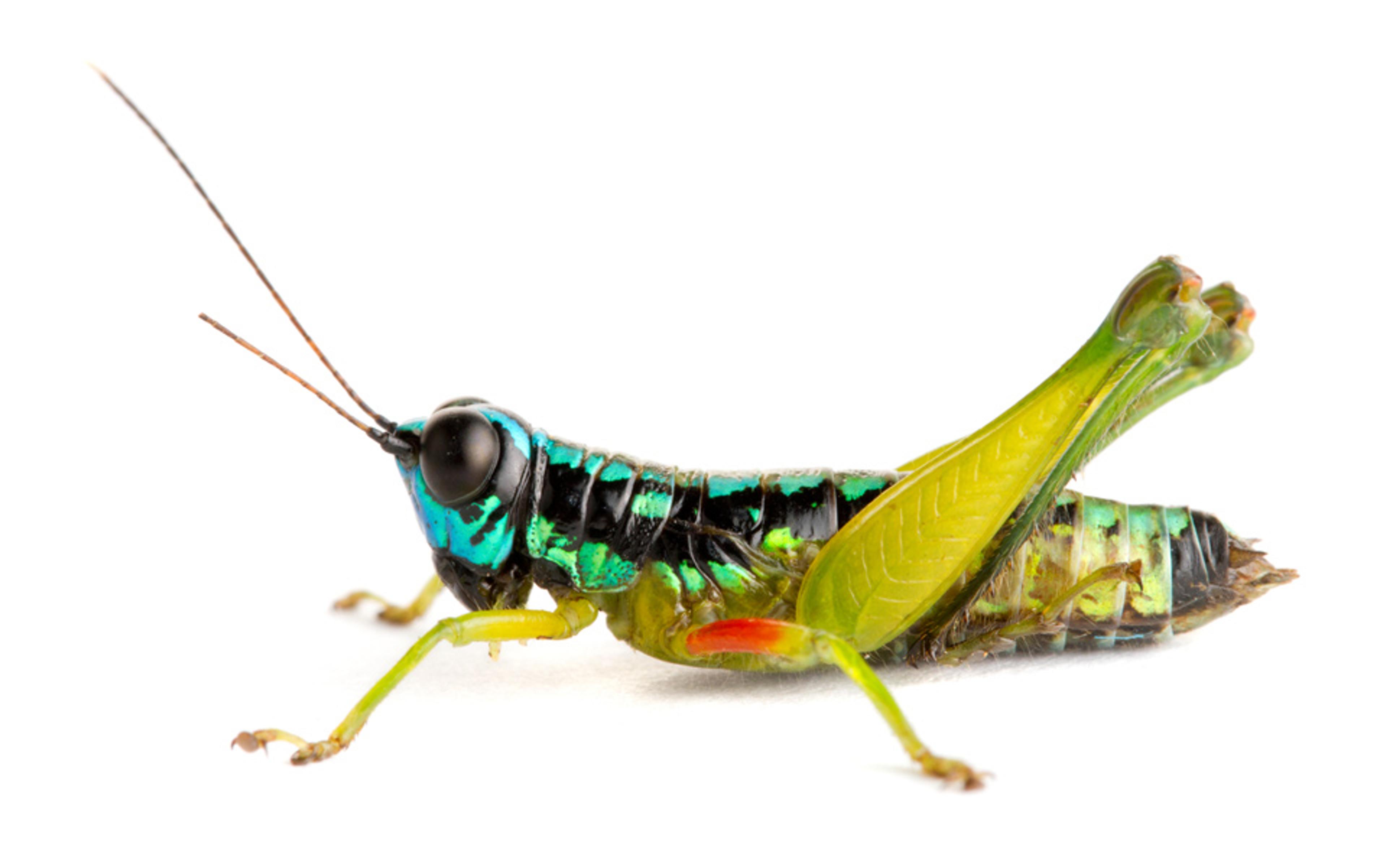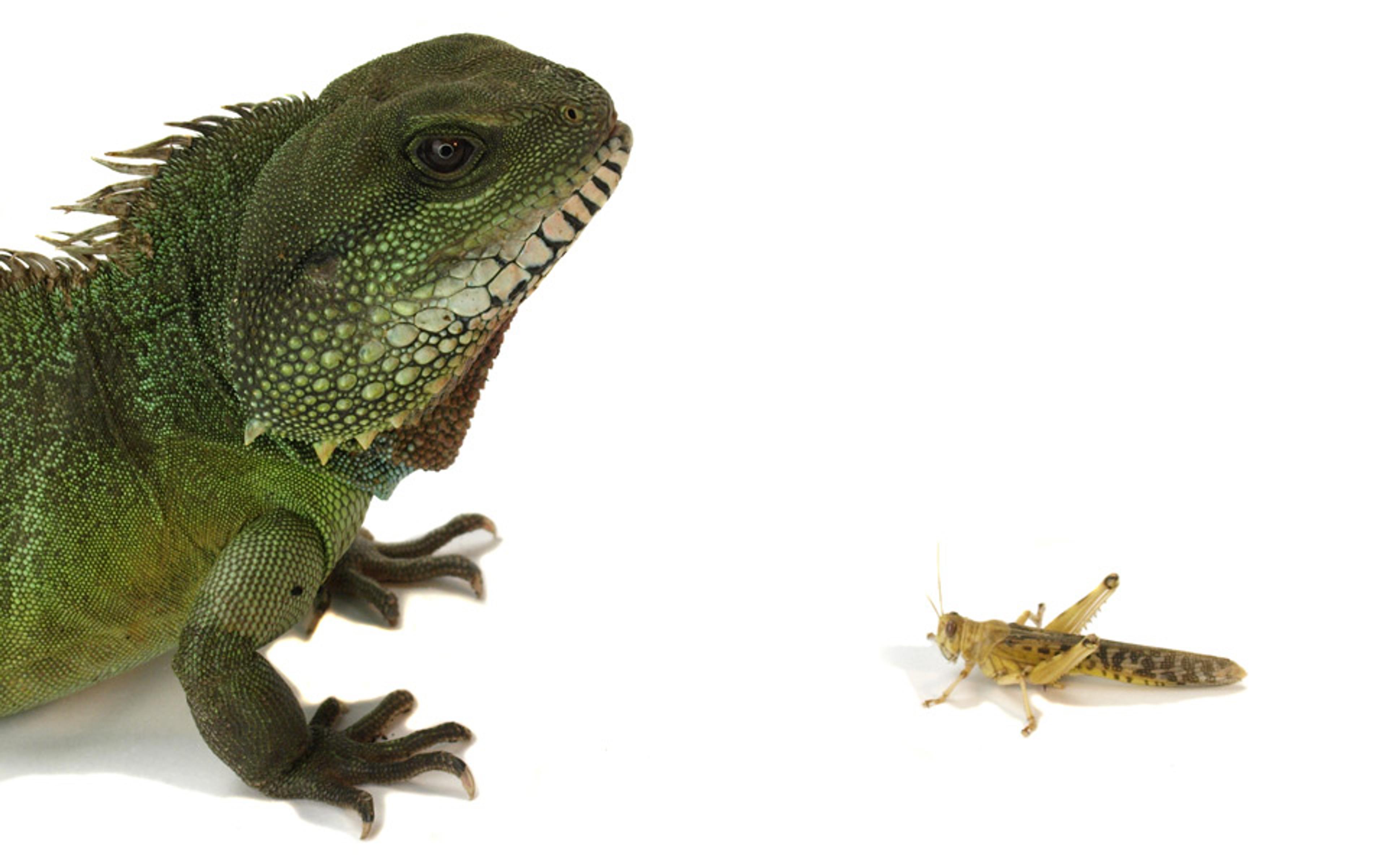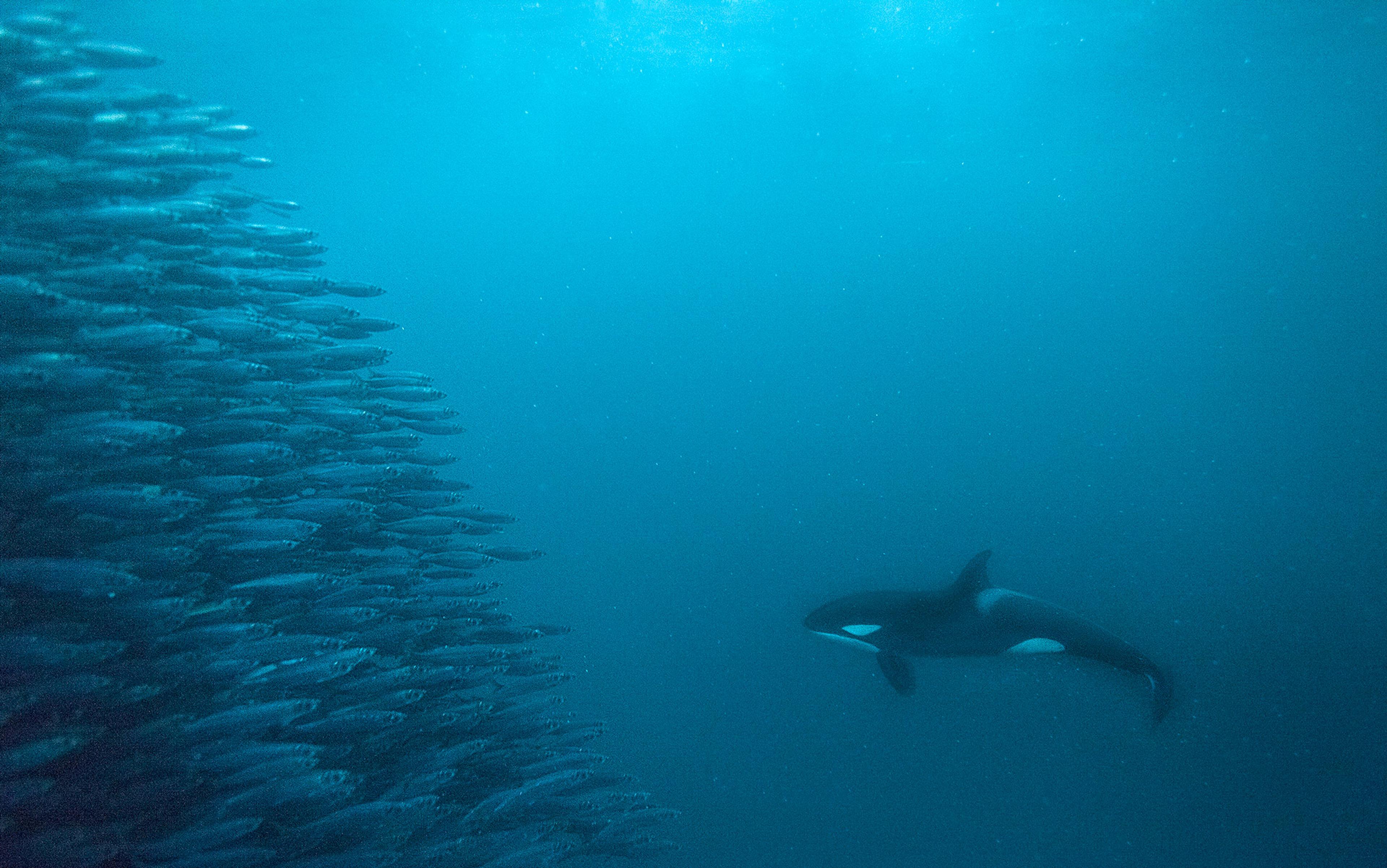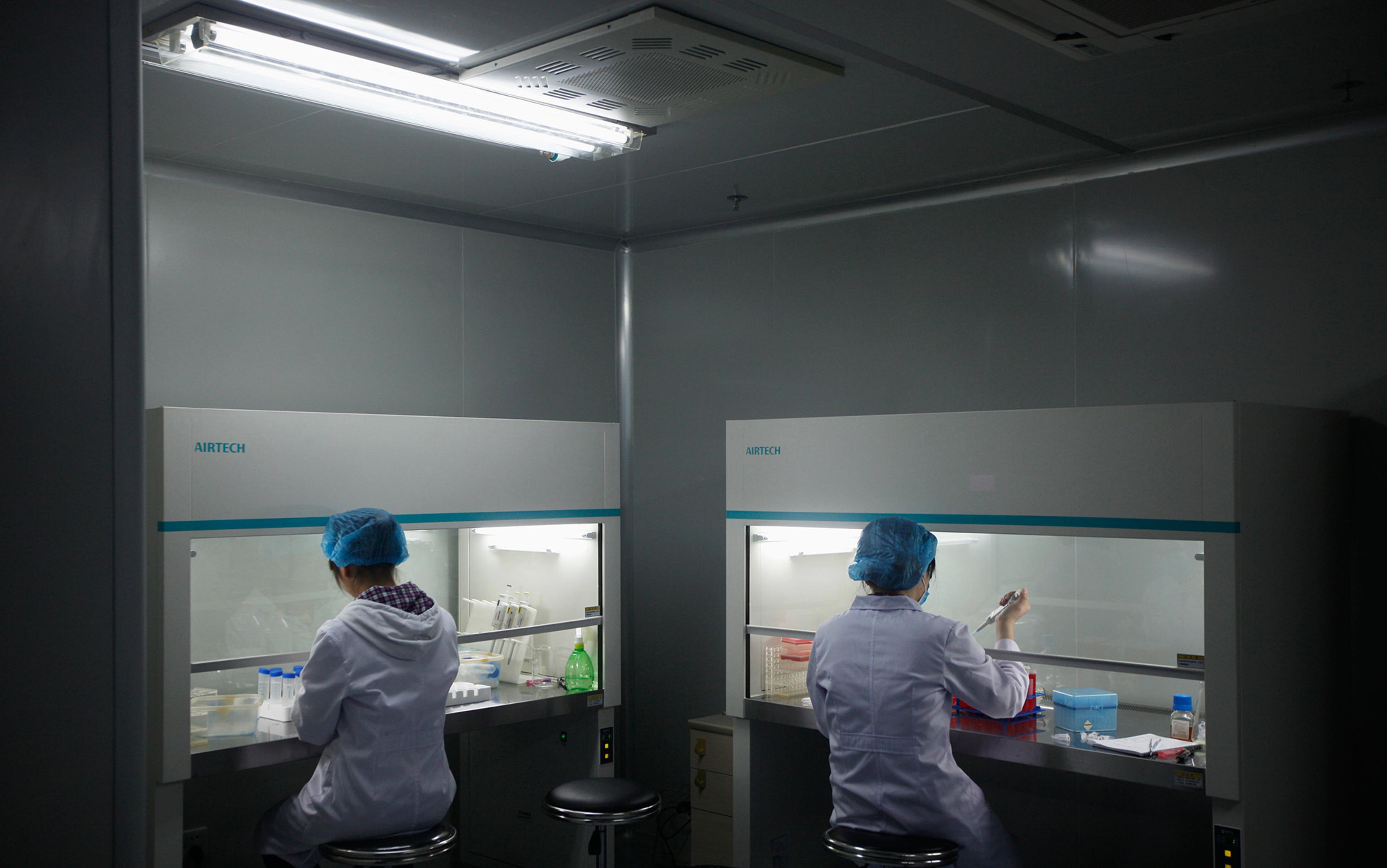In late summer of 1976, two colleagues at Oxford University Press, Michael Rodgers and Richard Charkin, were discussing a book on evolution soon to be published. It was by a first-time author, a junior zoology don in town, and had been given an initial print run of 5,000 copies. As the two publishers debated the book’s fate, Charkin confided that he doubted it would sell more than 2,000 copies. In response, Rodgers, who was the editor who had acquired the manuscript, suggested a bet whereby he would pay Charkin £1 for every 1,000 copies under 5,000, and Charkin was to buy Rodgers a pint of beer for every 1,000 copies over 5,000. By now, the book is one of OUP’s most successful titles, and it has sold more than a million copies in dozens of languages, spread across four editions. That book was Richard Dawkins’s The Selfish Gene, and Charkin is ‘holding back payment in the interests of [Rodgers’s] health and wellbeing’.
In the decades following that bet, The Selfish Gene has come to play a unique role in evolutionary biology, simultaneously influential and contentious. At the heart of the disagreements lay the book’s advocacy of what has become known as the gene’s-eye view of evolution. To its supporters, the gene’s-eye view presents an unrivalled introduction to the logic of natural selection. To its critics, ‘selfish genes’ is a dated metaphor that paints a simplistic picture of evolution while failing to incorporate recent empirical findings. To me, it is one of biology’s most powerful thinking tools. However, as with all tools, in order to make the most of it, you must understand what it was designed to do.
When Charles Darwin first introduced his theory of evolution by natural selection in 1859, he had in mind a theory about individual organisms. In Darwin’s telling, individuals differ in how long they live and how good they are at attracting mates; if the traits that enhance these strengths are heritable, they will become more abundant over time. The gene’s-eye view discussed by Dawkins introduces a shift in perspective that might seem subtle at first, but which comes with rather radical implications.
The idea emerged from the tenets of population genetics in the 1920s and ’30s. Here, scientists said that you could mathematically describe evolution through changes in the frequency of certain genetic variants, known as alleles, over time. Population genetics was an integral part of the modern synthesis of evolution and married Darwin’s idea of gradual evolutionary change with a functioning theory of inheritance, based on Gregor Mendel’s discovery that genes were transmitted as discrete entities. Under the framework of population genetics, evolution is captured by mathematically describing the increase and decrease of alleles in a population over time.
The gene’s-eye view took this a step further, to argue that biologists are always better off thinking about evolution and natural selection in terms of genes rather than organisms. This is because organisms lack the evolutionary longevity required to be the central unit in evolutionary explanations. They are too temporary on an evolutionary timescale, a unique combination of genes and environment – here in this generation but gone in the next. Genes, in contrast, pass on their structure intact from one generation to the next, ignoring mutation and recombination. Therefore, only they possess the required evolutionary longevity. Traits that you can see, the argument goes, such as the particular fur of a polar bear or the flower of an orchid (known as a phenotype), are not for the good of the organism, but of the genes. The genes, and not the organism, are the ultimate beneficiaries of natural selection.
This approach has also been called selfish-gene thinking, because natural selection is conceptualised as a struggle between genes, typically through how they affect the fitness of the organism in which they reside, for transmission to the next generation. At an after-dinner speech at a conference banquet, Dawkins once summarised the key argument in limerick form:
An itinerant selfish gene
Said: ‘Bodies a-plenty I’ve seen.
You think you’re so clever,
But I’ll live for ever.
You’re just a survival machine.’
In this telling, evolution is the process by which immortal selfish genes housed in transient organisms struggle for representation in future generations. Moving beyond the poetry and making the point more formally, Dawkins argued that evolution involves two entities: replicators and vehicles, playing complementary roles. Replicators are those entities that copies are made of and that are transmitted faithfully from one generation to the next; in practice, this usually means genes. The second entity, vehicles, are where replicators are bundled together: this is the entity that actually comes into contact with the external environment and interacts with it. The most common kind of vehicle is the organism, such as an animal or a plant, though it can also be a cell, as in the case of cancer.
The first clear articulation of the gene’s-eye view came with the US biologist George C Williams’s book Adaptation and Natural Selection: A Critique of Some Current Evolutionary Thought (1966). Williams’s focus was to counteract the popular misunderstanding that natural selection acted for the good of the species, a form of naïve group selection. Because his book was largely aimed at the professional biologist, on whom it had a profound influence, most of us were first introduced to the ideas in the more forceful version of The Selfish Gene and others of Dawkins’s bestsellers. The arguments presented in the two books inspired a long-going and often bellicose debate, whose participants list reads like a who’s who of 20th-century Darwinian heavyweights; you find John Maynard Smith and W D Hamilton slugging it out against Richard Lewontin and Stephen Jay Gould in the pages of Nature, as well as in The New York Review of Books.
Critics and supporters of the selfish-gene concept disagree about many things. One example is how to define the basic terms. In the central metaphor – ‘selfish genes’ – both ‘selfish’ and ‘gene’ is used in a somewhat unusual way. There were those readers who never seem to have made it past the title, and who thought Dawkins meant that genes were selfish in the same way as humans might be. Not so. Instead, ‘selfish’ is to be taken metaphorically to mean that all genes act as if trying to maximise their own chances of making it to the next generation. This competition is not between different genes within the same organism (though, as we shall see, it provides a powerful way to make sense of such genomic conflicts), but rather between different variants, alleles, of the same gene within a population.
Even so, ‘gene’ is one of those words in biology that means different things in different corners of the field. In some parts, it represents a DNA sequence that encodes a particular RNA or protein. This is the kind of definition that allows you estimate that humans have around 20,000 genes in their genome.
Proponents of the selfish gene rely on a more abstract notion with origins in theoretical population genetics. Though they prefer the term replicator, they define a gene as any part of a chromosome that is not broken up by recombination and is therefore passed on intact across generations. A consequence of this definition is that genes can be of arbitrary length. For example, it means that the large chunk of the Y chromosome that never recombines with the X is counted as one gene. To the consternation of colleagues in molecular biology, this is a definition that is agnostic about any biochemical details of the gene sequence. For example, when the molecular biologist Gunther Stent reviewed The Selfish Gene in 1977, he complained that the definition ‘denatures the meaningful and well-established central concept of genetics into a fuzzy and heuristically useless notion’.
Darwin’s true achievement was to show how natural selection could cause the appearance of design in nature
In response, proponents of the gene’s-eye view have argued that the definition is heuristically useful to understand what they consider to be the key observation of the theory of evolution: the occurrence of complex adaptations. The gene’s-eye view is willing to trade in hard-won details about the molecular structure of genes, as well as the intricacies of how genes interact during the development of an organism, because they are interested in working out how natural selection can result in organisms apparently designed for the environment that they inhabit.
In a way, the best historical representative of this view is not a biologist, but an English clergyman, William Paley, active just as the 18th century gave way to the 19th. Paley was not the most original of thinkers; instead, his influence stems from his lucid prose and ability to reach an audience outside of the rarefied air of the Church and the academy. Nowhere are these skills on better display than in his Natural Theology, or Evidences of the Existence and Attributes of the Deity, Collected from the Appearances of Nature (1802). The goal of Paley’s work was to present evidence of the existence of God from the appearance of design in the living world, and his text had a profound influence on evolutionary theory. For example, Darwin, who came across Paley as a student at the University of Cambridge, said he had never ‘admired a book more than Paley’s Natural Theology: I could almost formerly have said it by heart.’
These days, Paley’s work serves a more rhetorical role. Dawkins’s book The Blind Watchmaker (1986) is centred around Paley’s watchmaker analogy. It holds that the existence of a design, as in a watch, implies the existence of a designer – and lauds Natural Theology for its description of complex adaptations. Dawkins said that Paley had a ‘a proper reverence for the complexity of the living world’, though he drew the wrong conclusions. To Dawkins, the true achievement of Darwin was to show how a strictly mechanistic process, natural selection, could cause the appearance of design in nature.
In this context, the selfish gene is a tool to explain adaptations. Dawkins argued that the best way to approach the issue was to pose the question ‘When we say that an adaptation is “for the good of” something, what is that something?’ To him and Williams, the answer has to be something that persists across generations, a requirement satisfied only by genes. This question has been dubbed the beneficiary question by the US philosopher Elisabeth Lloyd. She was one of a group who not only helped philosophy of biology come into its own as an academic discipline, but also did a superb job at cleaning up the conceptual muddle that for a while surrounded the debate over the gene’s-eye view. In particular, she showed that the beneficiary question should be separated from and elevated above three other questions: what is the replicator? What is the vehicle? Where is adaptation manifested? The identity of the beneficiary was by far the most important.
This perspective is especially valuable when looking at phenomena that seem to have little benefit to individuals. Why would the sterile worker bee lay down her life in service of the colony queen? The question is a conundrum from the perspective of the individual bee, but less so from that of her genes. From a gene’s perspective, it does not matter if it is transmitted through the organisms in which it resides or if an identical copy is passed on through a relative, an insight first made by W D Hamilton in the 1960s. The rhetoric of the gene’s-eye view as we know it today owes much to Dawkins’s attempts to explain Hamilton’s work to his undergraduate students. Indeed, the first time the term ‘selfish genes’ appears is in the notes that Dawkins put together as he was preparing to fill in as a lecturer on animal behaviour when his PhD advisor, the Dutch Nobel Prize winner Nikolaas Tinbergen, was away on sabbatical.
Later on, the gene’s-eye view would help stimulate the emergence of new areas of study. It has been a popular trick among critics of the gene’s-eye view to dismiss Dawkins as a mere populariser of other people’s ideas, such as Williams and Hamilton, rather than an original thinker. It is true that Dawkins’s main service to the field was to make concepts clear for beginners, both in his role as a lecturer at Oxford and as the author of several bestselling books for popular audiences.
But Dawkins also pushed the field in new challenging directions, especially in The Extended Phenotype (1982), published six years after The Selfish Gene. In contrast with all other books, The Extended Phenotype was written for his colleagues in academic biology (though the lucidity of prose means that it can be enjoyed by anyone willing to put in the effort). The book represents the most unabashed expression of the gene’s-eye view of evolution, and is one long argument to ‘free the selfish gene from the individual organism which has been its conceptual prison’.
The behaviour of the zombie ant is influenced by genes – but those genes are located in a different organism
Key to this liberation was the notion of extended phenotypes. These are the effects of a gene that occur beyond the body of the organism in which the gene is located. Classic examples of extended phenotypes are the physical structures built by animals, such as beaver dams, bird nests and spider webs. There are also more gruesome examples. Take the situation in which parasites manipulate the behaviour of their host. This happens in the case of zombie ants. Here, a fungal parasite lives inside an ant and takes control of its behaviour. The conquest involves several phases. First, the parasite makes the ant relocate from the part of the plant that provides shelter and safety from predators, to where the fungi might grow under more optimal conditions. Next, once the fungus has grown enough, it shoots through the head of the ant with its stalk. Finally, the fungus uses the height of the stalk to spread its spore out into the world. Looking at this situation from a gene’s perspective can be helpful when trying to understand what is going on. The behaviour of the ant is influenced by genes – it is just that those genes are located in a different organism.
The gene’s-eye view also sheds light on the phenomenon of genomic conflict. These are situations when what helps one gene improve its chances of being transmitted to the next generation reduces another gene’s chances. Genomic conflicts often arise because not all genes are transmitted in the same way. Consider the case of male sterility in hermaphroditic plants. Plants carry their genetic material in more than one location. The first is the nuclear genome, where the absolute majority of genes are located. Here, half of the genes come from the mother and half from the father. The next is the mitochondrial genome. In contrast to the nuclear genome, all the genetic material in the mitochondria come from the mother.
All hermaphroditic plants face a trade-off between investing in pollen (male reproduction) or ovules (female reproduction). This is the dilemma faced by nuclear genes. For mitochondrial genes, however, the answer is easy. Because of their maternal inheritance, their only way to the next generation is through the ovules. This has resulted in mitochondrial mutations that knock out pollen production, effectively turning the plant female. When this happens, the population consists of hermaphrodites and females, and the only way that females can reproduce is if their ovules are fertilised by pollen from the hermaphrodites. This greatly reduces their chances of reproduction. But the flip side, for the mitochondrial genes, is that, every time reproduction happens, they are guaranteed to be transmitted. In response, several nuclear genes have evolved the ability to restore male reproduction, sometimes resulting in an evolutionary arms race between mitochondrial male sterility genes and nuclear restorer genes.
By now, the gene’s-eye view occupies a rather peculiar position within contemporary theoretical biology. In The Descent of Man (1871), Darwin differentiated between what he called ‘false facts’ and ‘false views’. In contrast with false facts, which he argued were directly harmful to the practice and progress of science, Darwin saw some value in false views, as ‘everyone takes a salutary pleasure in proving their falseness’. To many of its critics, the gene’s-eye view is at best a false view.
The popularity of the selfish gene idea has provided a tempting launchpad for bashing contemporary evolutionary theory. This is not just something of the past. In September 2020, when I picked up the New Scientist’s special issue on evolution, it led with ‘Move Over, Selfish Gene’ in big letters. The same kind of rhetoric was chosen by David Dobbs, whose essay for Aeon was headlined ‘Die, Selfish Gene, Die’ (2013). The message of both texts was the same: the science of biology looks so different today from what it was when the gene’s-eye view was first articulated in the 1960s and ’70s that it can no longer offer an accurate description of evolution.
The approach is not surprising. ‘There is always fame to be won in science by killing the king,’ as John Maynard Smith put it in 1988.
A big complaint is that the selfish-gene concept is too attached to ideas of the past. Critics associate it with the so-called ‘modern synthesis’: an integration of findings in botany, systematics, cytology, palaeontology and ecology into a cohesive theory of evolution, culminating in the formation of the Society for the Study of Evolution 75 years ago. The association between the gene’s-eye view and the modern synthesis is not undeserved – both Williams and Dawkins repeatedly emphasised that the selfish genes metaphor was nothing but a modern expression of the classic theory.
At their best, metaphors have many things in common with mathematical models
Papers and books challenging the modern synthesis started to be published soon after its completion. Reading these alongside their modern counterparts, one can end up with a sense of déjà vu. In the 1950s, the developmental biologist Conrad Waddington complained that the synthesis ignored his work on what we now call epigenetics – where a changing environment can directly modulate an organism’s genes. In the 1980s, the palaeontologist Stephen Jay Gould argued for inclusion of his own favourite idea – evolutionary leaps he called ‘punctuated equilibrium’. During the past decade or two, there have been calls to replace the modern synthesis with a so-called extended evolutionary synthesis. This time, the focus is on such things as niche construction (that organisms are not passive objects but can modify their surroundings), non-genetic inheritance (that parents pass on more than genes to their offspring), and developmental bias (some phenotypic changes are more likely than others).
All these things, of course, are interesting and worthy of study. But calls to kill the king reveal something deeper that goes beyond disagreements over interpretations of empirical data or preferences for different mathematical models. It is also about how we should think and talk about evolution. An example of this comes from Sean B Carroll, who has done more than most to bring developmental biology to the forefront of evolutionary debates. In Endless Forms Most Beautiful (2005), his excellent popular introduction to the field of evolutionary developmental biology, he writes the following about the gene-centred focus of the study of evolution:
This view forces the explanation toward mathematics and abstract descriptions of genes, and away from butterflies and zebras … The evolution of form is the main drama of life’s story, both as found in the fossil record and in the diversity of living species. So, let’s teach that story.
To me, the gene’s-eye view has offered all the drama I need. More practically, the gene’s-eye view has persisted for the same reason all good metaphors do, because it aids our thinking as we take on the complexities of the living world. It helps us structure our thoughts and it prompts us to address questions that can be answered empirically. At their best, metaphors have many things in common with mathematical models in that they help to isolate and examine certain properties of a biological observation.
At their worst, they make us dismiss other things. For example, the metaphor of a ‘tree of life’ is a great way to illustrate the degree of relatedness between different species. Too much emphasis on species as branches can also lead us to ignore evidence of such phenomena as hybridisation and horizontal gene transfer. Conceptualising evolutionary history as a competition between selfish genes offers a powerful way to work out the logic of natural selection, and it seamlessly makes sense of things such as genomic conflicts. But the gene’s-eye view achieves its success by ignoring other properties of life. It happily sacrifices details about genes’ biochemical structure and their interaction. In situations where those details matter to evolution, the gene’s-eye view becomes less helpful.
We should always worry not only about what questions a metaphor makes us ask, but also what questions go unasked. That being said, biology is difficult, and we need all the help we can get. When properly understood, the gene’s-eye view offers some of the best help there is.






